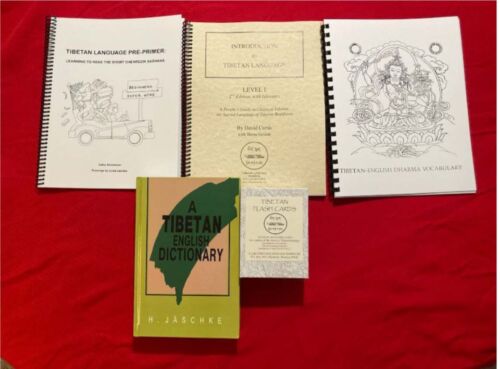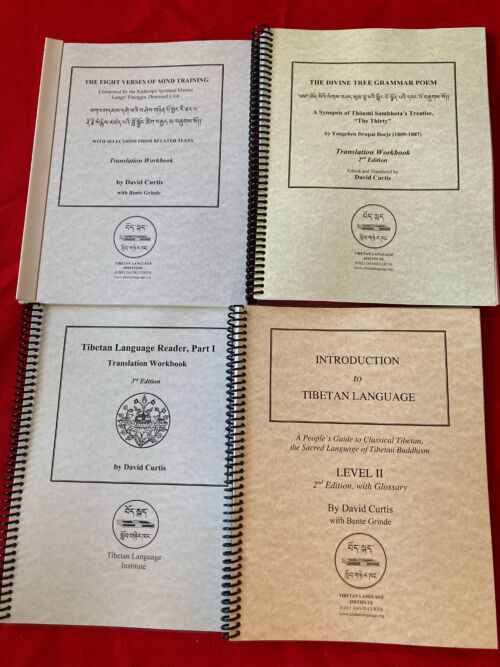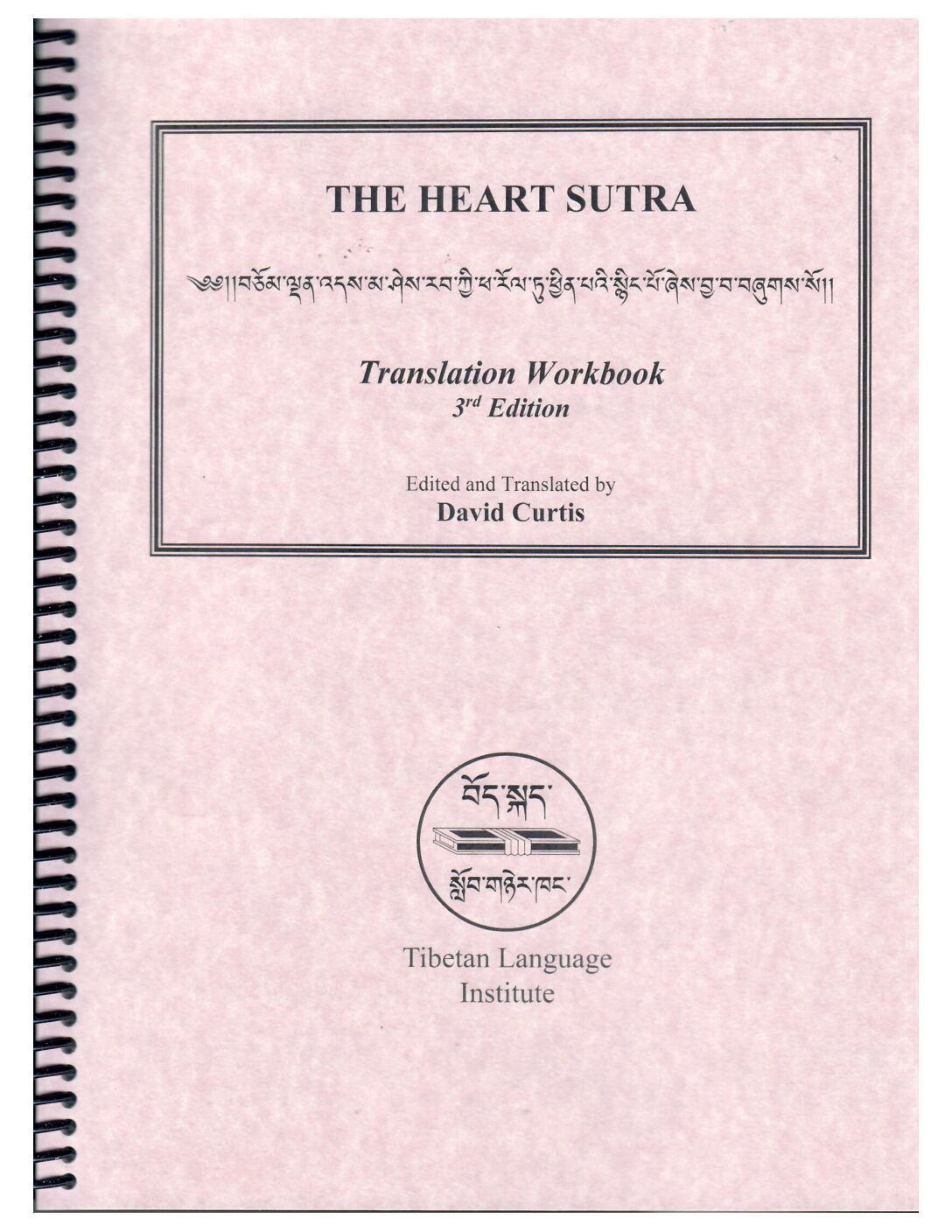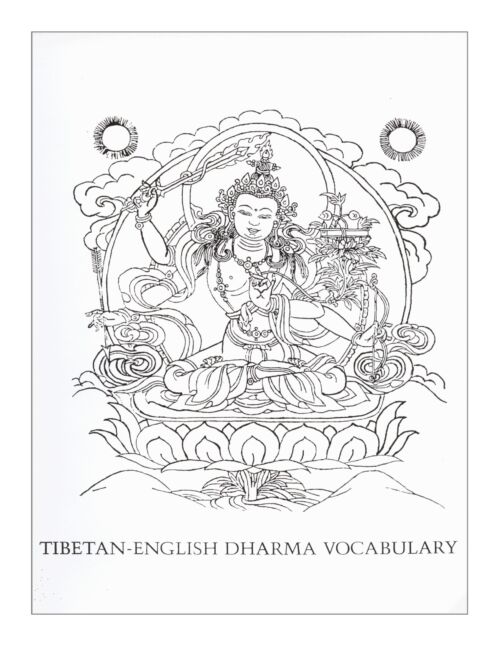-
Out of stock
 Learning Tibetan can significantly enhance your study and practice of the Dharma. Study from the convenience of your own home. Study materials are sold separately.
Learning Tibetan can significantly enhance your study and practice of the Dharma. Study from the convenience of your own home. Study materials are sold separately. -
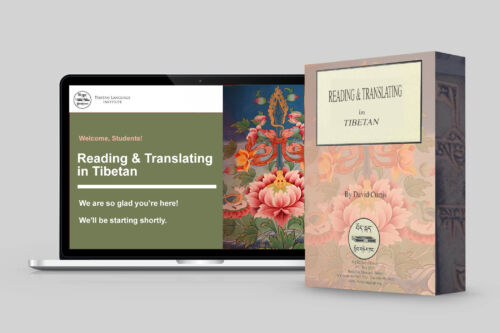 Completing the Level II Course, students are empowered to delve deeper into their study of Tibetan using various TLI reader/translation workbooks. As with previous courses, the group reads and studies a Classical Tibetan text such as the Heart Sutra in conjunction with the study of The Divine Tree Grammar Poem and Commentary. With Lama David as your experienced guide, we will study in an integrated manner to learn more about Tibetan grammar and vocabulary, as well as about Tibetan Buddhism.
Completing the Level II Course, students are empowered to delve deeper into their study of Tibetan using various TLI reader/translation workbooks. As with previous courses, the group reads and studies a Classical Tibetan text such as the Heart Sutra in conjunction with the study of The Divine Tree Grammar Poem and Commentary. With Lama David as your experienced guide, we will study in an integrated manner to learn more about Tibetan grammar and vocabulary, as well as about Tibetan Buddhism. -
 Building on a foundation of the study of words, phrases and sentences in Tibetan, the student will begin to integrate material presented in the Level 1 course, learning how Tibetan works as a language. This course lays the foundation for the successful reading of Tibetan texts and participation in the Level III Reading Course.
Building on a foundation of the study of words, phrases and sentences in Tibetan, the student will begin to integrate material presented in the Level 1 course, learning how Tibetan works as a language. This course lays the foundation for the successful reading of Tibetan texts and participation in the Level III Reading Course. -
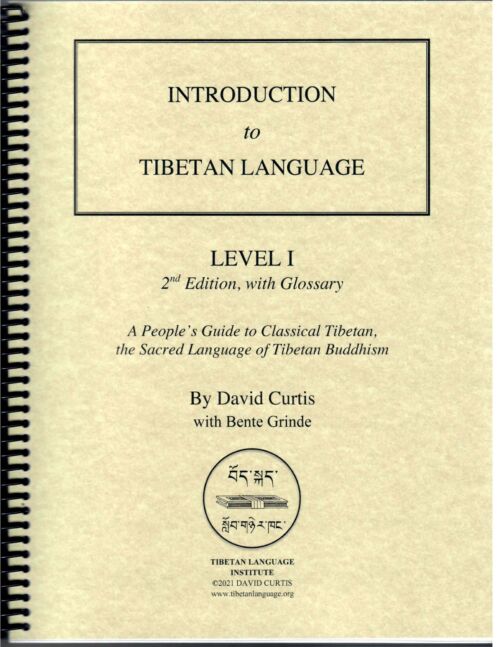 Lama David Curtis designed this Introduction to Tibetan Language, Level I, 2nd Edition, with Glossary: A People’s Guide to Classical Tibetan, The Sacred Language of Tibetan Buddhism as part of a complete course which we strongly recommend for beginners (see the Beginners/Level I Package). Used with great success by Dharma students from all over the world, this workbook represents a distillation of numerous resources, refined through practical teaching experience to meet the needs of beginning Tibetan students.
Lama David Curtis designed this Introduction to Tibetan Language, Level I, 2nd Edition, with Glossary: A People’s Guide to Classical Tibetan, The Sacred Language of Tibetan Buddhism as part of a complete course which we strongly recommend for beginners (see the Beginners/Level I Package). Used with great success by Dharma students from all over the world, this workbook represents a distillation of numerous resources, refined through practical teaching experience to meet the needs of beginning Tibetan students.Amanda V, LV 1 student says: Learning the Tibetan alphabet and the seven elements [of learning to read a Tibetan syllable] has made my Dharma practice a rich experience. Now when I read Sadhanas with the English translation, my pronunciation has improved. It’s fun--I want to continue learning Tibetan.
-
 Building on a foundation of the study of words, phrases and sentences in Tibetan, the student will begin to integrate material presented in the Level 1 course, learning how Tibetan works as a language. This course lays the foundation for the successful reading of Tibetan texts and participation in the Level III Reading Course.
Building on a foundation of the study of words, phrases and sentences in Tibetan, the student will begin to integrate material presented in the Level 1 course, learning how Tibetan works as a language. This course lays the foundation for the successful reading of Tibetan texts and participation in the Level III Reading Course. -
 Designed as part of a complete course for the beginning/intermediate learner (Level II Package).
Designed as part of a complete course for the beginning/intermediate learner (Level II Package). -
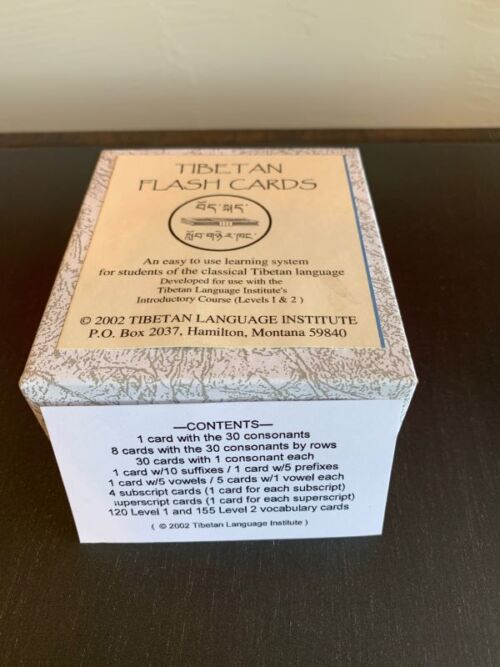 These flashcards are being used by students all over the world to learn basic Tibetan vocabulary. They contain all of the carefully chosen vocabulary words from both the Level I Workbook and Level II Workbook (over 250 words).
These flashcards are being used by students all over the world to learn basic Tibetan vocabulary. They contain all of the carefully chosen vocabulary words from both the Level I Workbook and Level II Workbook (over 250 words).

